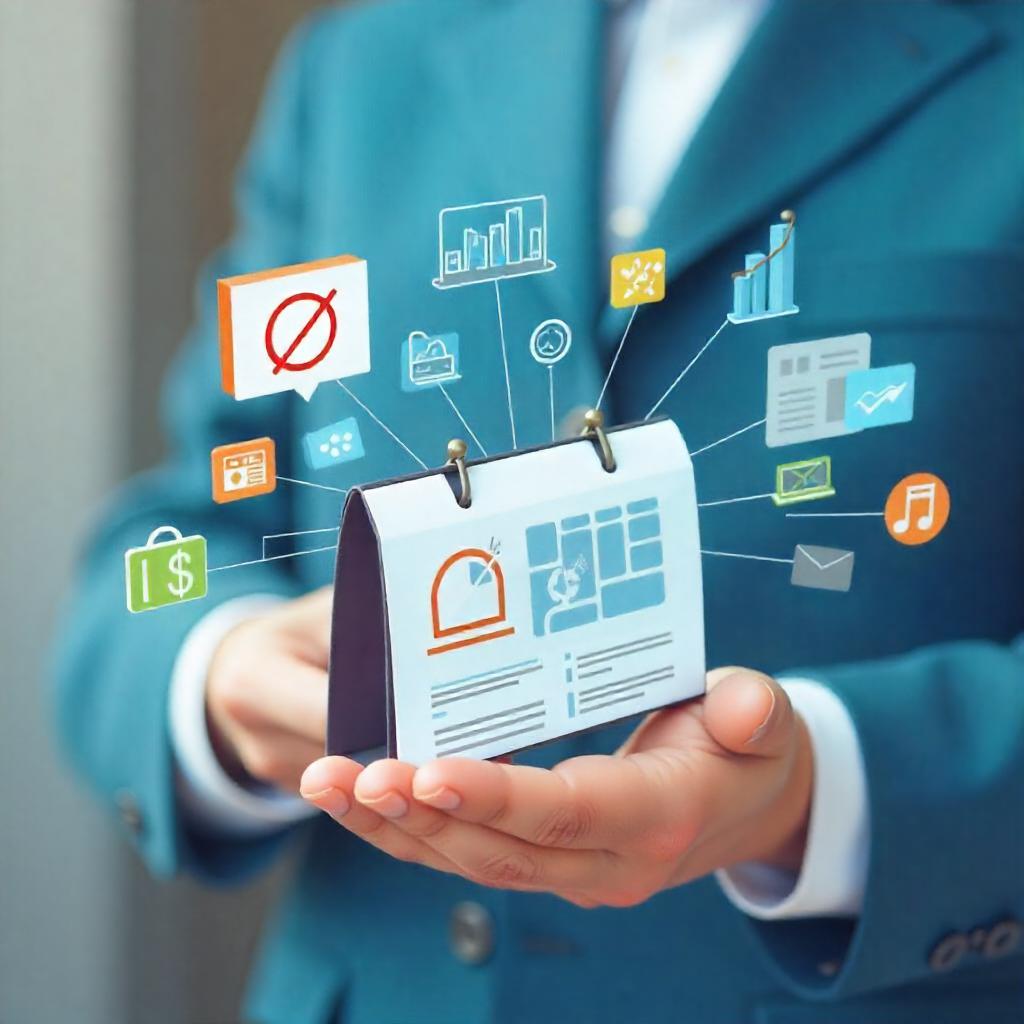
In recent years, subscription-based business models have experienced explosive growth across various industries. From entertainment and software to food delivery and fitness, businesses are shifting from traditional one-time purchases to recurring subscription services. This shift is not only transforming consumer behavior but also reshaping how businesses operate and generate revenue. As more companies embrace this model, it’s essential to understand why subscriptions are becoming so popular and how businesses can capitalize on this trend.
What is a Subscription-Based Business Model?
A subscription-based business model allows customers to pay a recurring fee, typically on a monthly or annual basis, in exchange for access to products or services. Unlike traditional sales models, where customers make one-time purchases, subscription models offer businesses the opportunity to generate consistent, predictable revenue streams.
Subscriptions can take many forms, such as digital content (e.g., streaming services like Netflix), software (e.g., SaaS companies like Microsoft 365), physical goods (e.g., meal kits or beauty boxes), or membership services (e.g., gyms or clubs). The flexibility and variety of subscription offerings make this model highly adaptable to different industries.
Benefits for Businesses
Predictable Revenue Streams
One of the most appealing aspects of a subscription-based model is the predictability it provides. With recurring payments, businesses can forecast revenue with greater accuracy, which helps in budgeting, financial planning, and long-term growth strategies. This stability is especially beneficial for startups and small businesses, which can struggle with the unpredictability of traditional sales models.
Furthermore, subscription models allow businesses to build customer loyalty and retention, which is often more profitable than acquiring new customers. In fact, businesses with strong subscription models tend to experience a higher lifetime value (LTV) per customer compared to one-off sales.

Increased Customer Engagement and Retention
Subscription businesses thrive on customer retention. As customers subscribe for a service or product, companies have an ongoing relationship with them, allowing for continuous engagement. This interaction can lead to stronger customer loyalty and a better understanding of customer preferences and behaviors.
To retain subscribers, businesses often offer personalized experiences, exclusive deals, or special perks. The subscription model encourages companies to keep their offerings fresh, innovative, and relevant to ensure customers continue their subscriptions. This focus on customer satisfaction and engagement can lead to higher retention rates and reduced churn.
Opportunities for Upselling and Cross-Selling
Subscription models provide businesses with a unique opportunity to upsell or cross-sell additional products or services. Since customers are already engaged and paying on a recurring basis, it’s easier to introduce them to premium options, add-ons, or complementary products that enhance their experience.
For example, a streaming service like Spotify might offer premium tiers with additional features, such as offline listening or enhanced audio quality. Similarly, a subscription box service could offer higher-end items for an additional fee. This strategy can significantly increase revenue per customer and maximize the value of each subscription.
Benefits for Consumers
Convenience and Flexibility
For consumers, subscription models offer convenience and flexibility. Instead of making individual purchases, which can be time-consuming and cumbersome, customers can receive products or services automatically, without needing to reorder. This is particularly appealing in industries like entertainment, where users enjoy uninterrupted access to content, or e-commerce, where customers can have products delivered regularly.
Subscriptions also allow customers to try out new products or services with little upfront investment. This lowers the barrier to entry, making it easier for consumers to experiment with new experiences, from workout programs to gourmet food deliveries.
Customization and Personalization
Many subscription-based businesses cater to customers’ specific needs and preferences. For example, meal kit delivery services can offer customized meal plans based on dietary restrictions or tastes, while beauty boxes can send products tailored to skin type or preferences. This level of personalization enhances the value of subscriptions, making them more attractive to consumers.
With data analytics and machine learning, businesses can track customer behavior and refine their offerings, ensuring that customers receive exactly what they want and need. This personalized experience drives higher customer satisfaction and reinforces loyalty to the brand.
Cost-Effective Access to Premium Services
Subscriptions can often be more affordable than one-time purchases, especially for premium or luxury products. For instance, consumers can access high-quality streaming content, fitness training, or software tools for a fraction of the cost of buying them outright. This makes high-end services accessible to a broader audience, democratizing access to valuable resources.
The Impact of Technology on Subscription Models
Technology has played a pivotal role in the rise of subscription-based business models. The growth of e-commerce platforms, digital payment systems, and automation tools has made it easier for businesses to manage subscriptions and engage with customers.
For example, cloud-based solutions have enabled businesses to manage large-scale subscriptions efficiently, offering features like billing automation, customer data tracking, and personalized recommendations. Additionally, technology has allowed for more seamless customer experiences, from automated renewals and cancellations to on-demand access across multiple devices.
Challenges and Considerations
While subscription-based models offer numerous advantages, they are not without challenges. One of the key hurdles is customer retention. If subscribers feel they are not getting enough value from a service, they may cancel their subscription, leading to churn. This makes it critical for businesses to continually innovate, offer high-quality products, and engage with customers to keep them satisfied.
Moreover, subscription businesses must deal with logistical challenges, particularly in industries that involve physical goods. Ensuring timely delivery, managing inventory, and maintaining quality standards are all crucial to sustaining customer satisfaction.
Another challenge is ensuring that pricing structures remain competitive while still being profitable. Businesses must balance offering attractive subscription rates with covering the costs of production, shipping, and other operational expenses.
Conclusion
The rise of subscription-based business models is reshaping industries across the globe, offering both businesses and consumers distinct advantages. For businesses, subscriptions offer predictable revenue streams, increased customer engagement, and opportunities for upselling. Consumers benefit from convenience, personalization, and access to premium products and services at an affordable price. However, businesses must be proactive in maintaining customer satisfaction and adapting to changing needs to succeed in the competitive subscription landscape. As technology continues to advance and consumer preferences evolve, the subscription model will likely play an even more significant role in the future of business.








